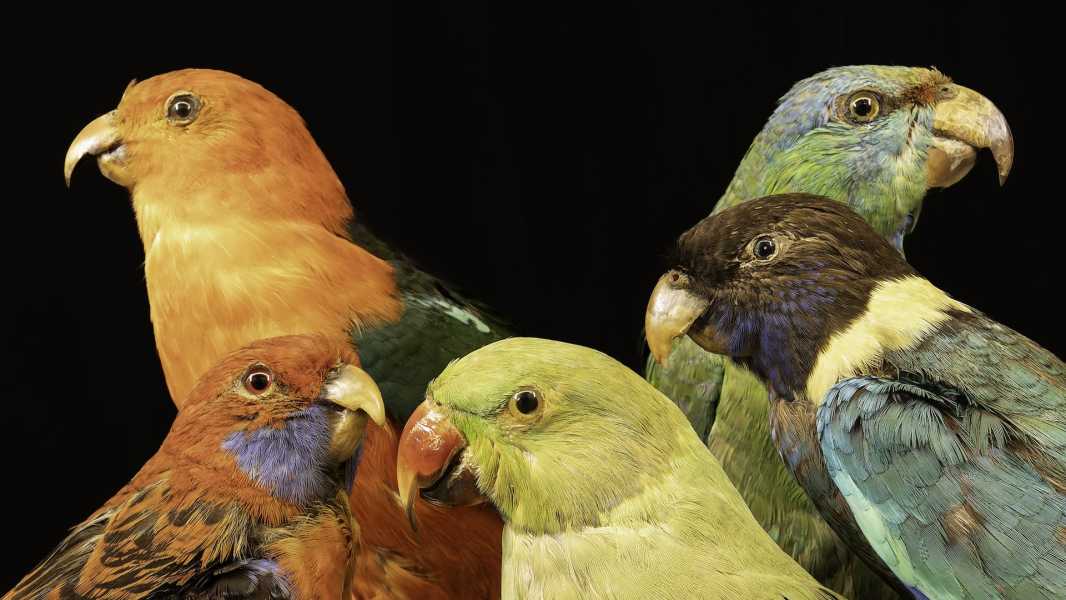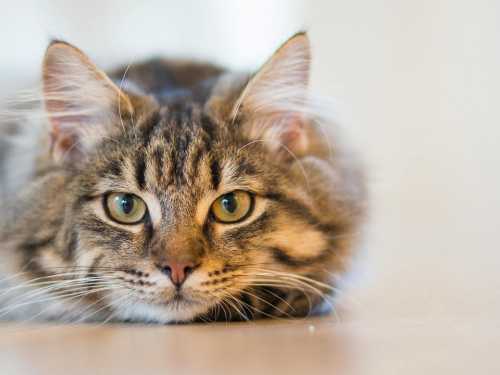
Parrots, like many other animals, tend to use color to communicate. (Photo: Ricardo Lopez)
From the vibrant rainbow hues of tropical rainforest parrots to the brilliant flashes of yellow, orange, and blue in coral reefs, exotic wildlife abounds in tropical ecosystems. But what about these environments has stimulated their inhabitants to develop such eye-catching colors?
In general, animals use color to communicate, says Oscar Puebla, a fish ecologist at the Leibniz Center for Tropical Marine Research in Germany. “It could be communication with other individuals of the same species — for example, to attract a mate,” he tells Live Science. “It could be interaction with predators, to show off their toxicity. It could be camouflage to evade predators.”
The reasons and methods for this color communication vary greatly between species and environments. Birds typically obtain colored pigments—such as red, orange, and yellow carotenoids—through their diet and use bright hues to attract a mate or assert dominance. While fish and shellfish use complex microscopic structures inside their cells to refract and alter light, changing their color to camouflage themselves from predators. But whether on land or underwater, tropical conditions have played an important role in this evolutionary adaptation.
You may like
- 'It would be difficult for an artist to create such copies': How closer examination reveals the beauty and deadly efficiency of insects
- Earth's oceans were once green but could one day turn purple, scientists say
- Colors are universal – even if our perception of them is subjective.
Sign up for our weekly newsletter, Life's Little Secrets, to learn about the latest discoveries before they're published online.
“There is a relationship between the diversity of a given community and the amount of colour or the diversity in colouration that different species exhibit,” said Roberto Arbore, an evolutionary biologist at the Biodiversity and Genetic Resources Research Centre in Portugal who specialises in parrots. “If you live in a very diverse community, like a rainforest, you need to recognise individuals of your own species, because interactions with other species can be very costly in terms of, for example, mating.”
Birds, in particular, rely on their vision to perceive the world around them. The vast number of bird species in forest environments thus increases competition to stand out, resulting in the exceptional variety of colors and patterns displayed by parrots, hummingbirds, toucans, and other birds that call the tropics home.
However, “we always have to be attentive to these colors and color patterns,” Puebla cautioned. “The way we perceive colors can be very different from the way other animals perceive them.”
Sourse: www.livescience.com





